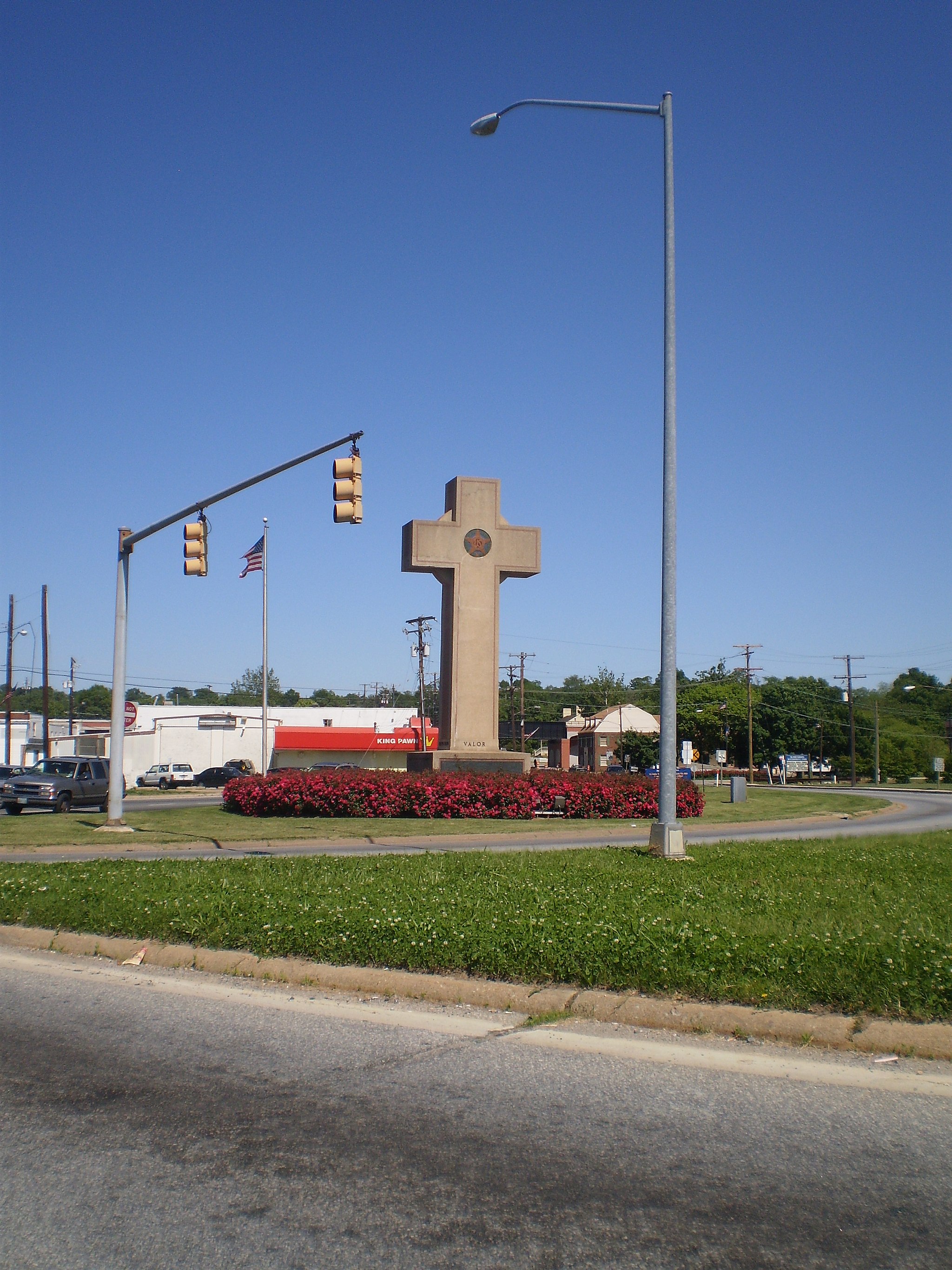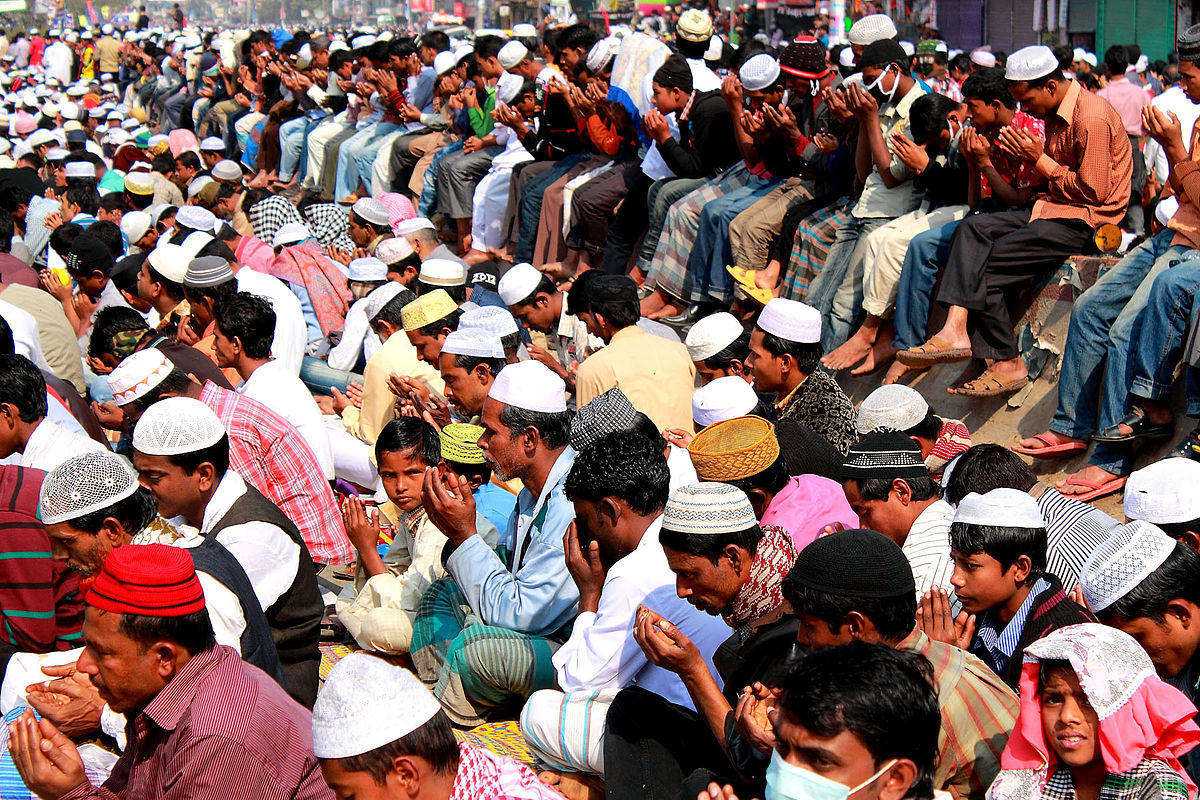
Reporting on New Religious Movements (NRMs)
“New Religious Movement” is one of those tricky, catch-all terms that can refer to lots of different communities, including ones that have very little in common. Broadly, a New Religions Movement (NRM) is a religious group that came into existence more recently (typically somewhere around the 19th century or later). Other terms include alternative spiritualities, […]



